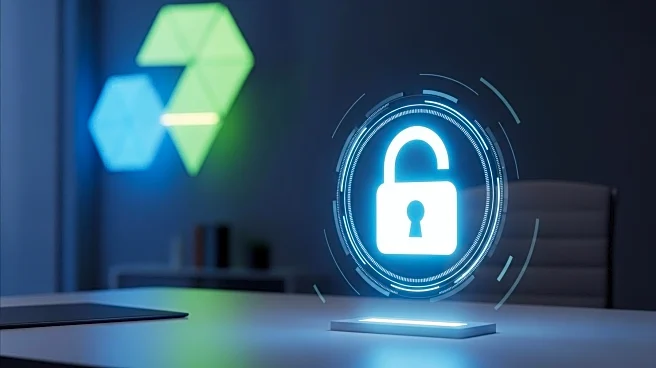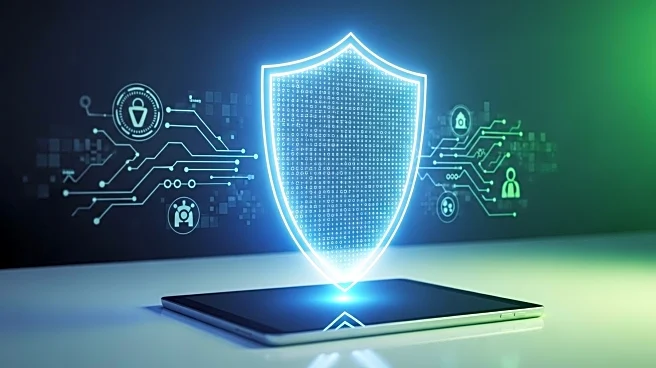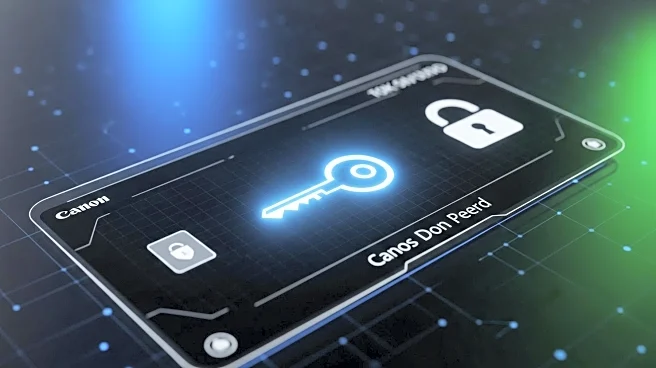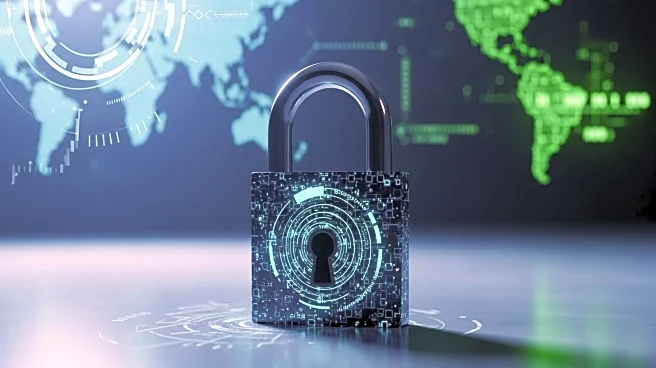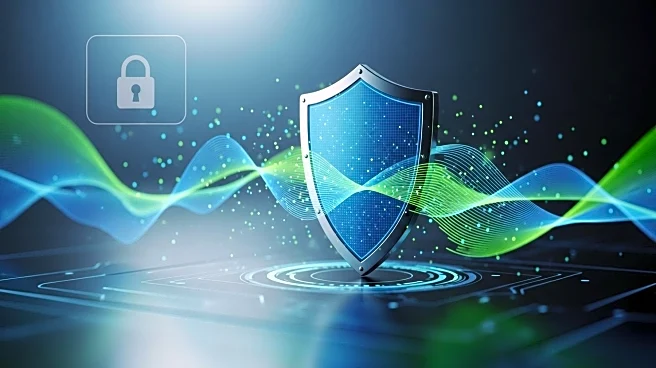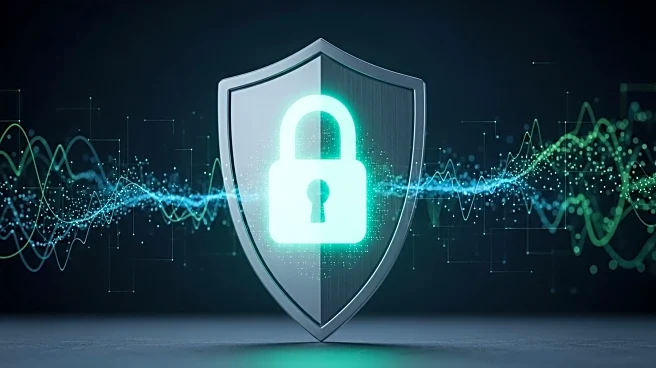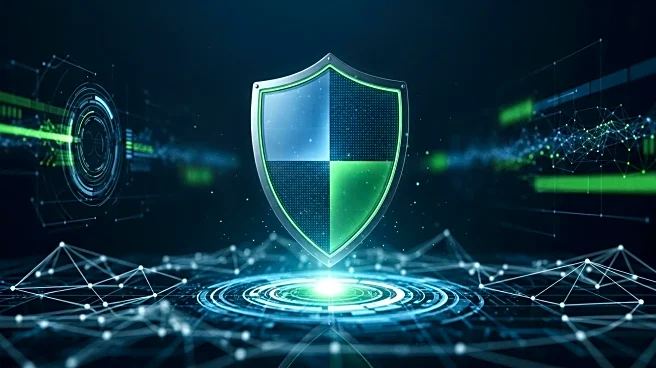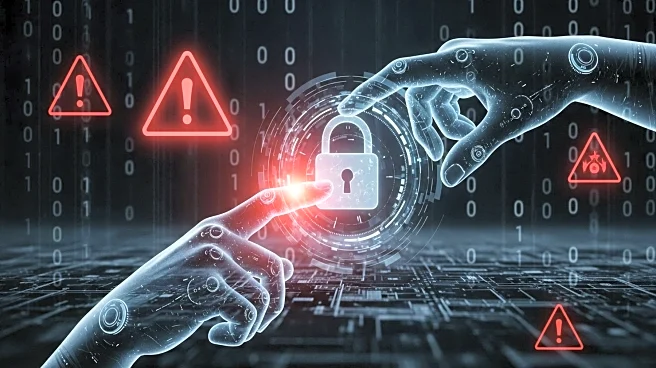What's Happening?
Higher education institutions are increasingly adopting zero trust, a security strategy that emphasizes continuous authentication and verification of users and devices. This approach is designed around the principle of 'never trust, always verify,' and enforces least-privilege access, ensuring users have only the minimum access needed for their roles. The strategy focuses on five pillars: identity, devices, networks, applications and workloads, and data. According to the Cybersecurity and Infrastructure Security Agency, these pillars are supported by visibility and analytics, automation and orchestration, and governance through policies and procedures. Institutions are beginning with targeted projects to address critical security gaps and assess existing technologies that can support zero-trust principles.
Why It's Important?
The adoption of zero trust in higher education is crucial as it addresses the vulnerabilities associated with traditional security models, especially in the context of remote work and digital transformation. By implementing zero trust, institutions can better protect sensitive data and resources from cyber threats, which is increasingly important as campuses become more borderless with remote and hybrid work arrangements. This shift not only enhances security but also ensures compliance with regulatory requirements and protects the institution's reputation. The move towards zero trust can also lead to improved operational efficiency and reduced risk of data breaches, benefiting students, faculty, and administrative staff.
What's Next?
As higher education institutions continue to implement zero trust strategies, they will likely invest in technologies such as zero-trust network access (ZTNA), multifactor authentication, and network microsegmentation. These tools will help detect anomalies and prevent data loss. Institutions will also need to develop policies that align with zero-trust principles, such as least privilege and continuous authentication. The transition may involve challenges, including the need for comprehensive training and change management to ensure successful adoption. Stakeholders, including IT departments and administrative leaders, will play a critical role in driving these initiatives forward.
Beyond the Headlines
The shift to zero trust in higher education may have broader implications, including influencing cybersecurity practices in other sectors. As institutions demonstrate the effectiveness of zero trust, it could lead to increased adoption across industries, promoting a more secure digital environment. Additionally, the focus on continuous authentication and least privilege access may drive innovation in identity management solutions, further enhancing security capabilities. This trend also highlights the growing importance of cybersecurity education, as institutions prepare students for careers in this critical field.
